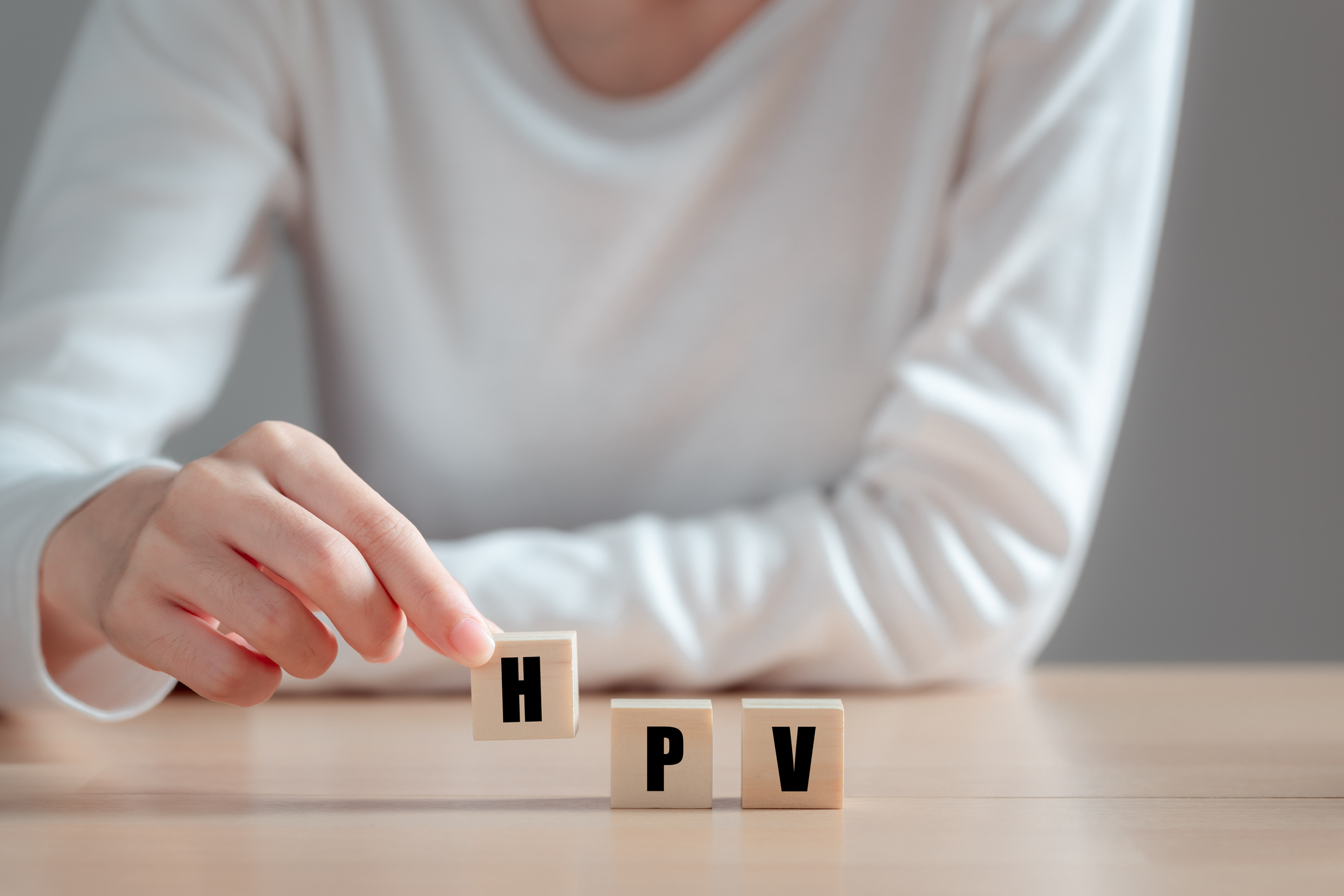Warts in Texas & Louisiana
At Sanova Dermatology, we pride ourselves on delivering top-tier skin care through a combination of experience, education, and advanced technology. Our team of highly experienced physicians are dedicated to providing treatment for warts. We have convenient locations across Texas, including Houston, Pflugerville, Austin, Bee Cave, and Dripping Springs. We also serve Louisiana with locations in Metairie, Old Metairie, Uptown New Orleans and Baton Rouge.
The human papilloma virus is the cause of warts. With time, your body will most likely fight of the virus and shed the resulting growth, though this can be a very slow process. Additionally, the virus may be spread through direct contact, making treatment important. Cryotherapy or topical treatments can be highly effective for wart removal.
Cryotherapy
Cryotherapy (freezing) with Liquid Nitrogen is one of the most effective treatments for warts, keratosis, and other skin lesions. The treatment is safe with little risk of adverse reactions.
One treatment may be all that is required, although on many occasions, especially if the warts are large or more numerous, repeated treatments may be necessary. Warts around the fingernails are particularly difficult to get rid of, as the warts may extend into the fold around the nail.

How Liquid Nitrogen Treatment Works
Nitrogen is a gas which is normally present in the air. When it is cooled to -300 º F (-196º C), nitrogen forms a liquid.
When Liquid Nitrogen is applied to a skin lesion, it results in a blister under the wart or keratosis, separating them from the underlying skin. After a few days, the blister peels off taking the skin lesion with it.
Care After Cryotherapy
- Freezing with Liquid Nitrogen is accompanied by a stinging and burning sensation that occurs while the lesion is being frozen and for a few minutes afterwards, during thawing.
- A blister will usually form under the skin lesion in 3 to 24 hours after treatment. The blister may be filled with a clear fluid or blood. This is a normal response to therapy and you should not be alarmed. Sometimes a blister may not form, and the skin lesion may just shrivel up.
- The blister will usually crust over and fall off by itself in a few days to weeks.
- The treatment area may be covered by a band-aid if the patient desires, but it is not necessary to cover it.
- In the overwhelming number of cases there is absolutely no pain after the treatment.
- No special care is required after Liquid Nitrogen treatment. Bathing and normal activities may be continued.
- If the skin lesion is still present once the blister clears – a repeat treatment with Liquid Nitrogen by your dermatologist might be necessary.
Cantharidin
Cantharidin is a chemical solution which can be used to treat Warts and Molluscum Contagiosum. It is a liquid which is applied to each of the lesions.
There is NO PAIN involved in the application of this liquid. It works by creating a small blister under the Wart or Molluscum. This blister then peels off taking the lesion with it.
Sometimes all that occurs is some inflammation or crusting around the lesion. In some other patients, there may be fairly severe inflammation with a large blister occurring under the lesion.
Because Cantharidin is a blistering agent, it is important to let the liquid dry on the lesion. Otherwise, it may be rubbed into the adjacent skin, and cause a blister on the normal skin. If this occurs it is not harmful at all.
The liquid needs to be washed off after it is applied to the solution. Speak to your dermatologist when the area should be washed and exactly how long after the Cantharidin is applied.
The advantage of Cantharidin over the other methods of treatments is that it is extremely unusual to have any pain when the medication is applied. However, it is a slower method of treatment, and repeated applications of the liquid may be needed.
Some discoloration of the skin can occur after treatment. However, there is no resultant scarring. No special care is required after treatment. The patient may bathe, swim, etc.
Should any untoward reaction occur, contact your dermatologist immediately.
Contact Sanova Dermatology
If you would like more information, or if you would like to schedule a consultation with one of our experienced dermatologists, please click here.
